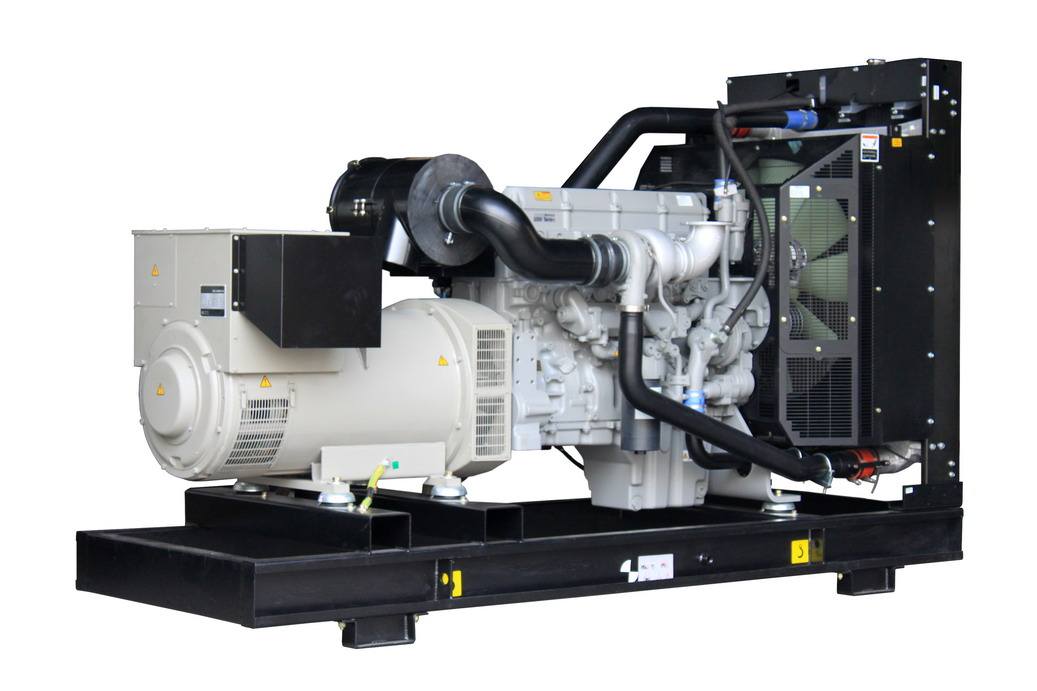1. Why do we require customers to tighten all electrical contacts after every 200 hours of operation of the unit?
Answer: Diesel generator sets are vibration workers. Moreover, many domestically produced or assembled units should use double nuts. The spring washer is useless. Once the electrical fasteners are loosened, a large contact resistance will be generated, resulting in abnormal operation of the unit.
2. Why must the generator room.. Clean and free of floating sand?
Answer: If a diesel engine inhales dirty air, the power will be reduced; if the generator inhales sand and other impurities, the insulation between the stator and rotor gaps will be damaged, and in severe cases, it will lead to burning.
3. Why is it generally not recommended for users to use neutral grounding during installation?
Answer:
1) The self-regulating function of the new generation of generators has been greatly enhanced;
2) In practice, it was found that the lightning fault rate of neutral-grounded units is high.
3) The grounding quality requirements are high and cannot be achieved by ordinary users. No. The work of grounding is not as good as ungrounded.
4) Units grounded at the neutral point will cover up leakage faults and grounding errors of the load, which cannot be exposed under the current power supply situation of the municipal electricity university.

4. What issues should be paid attention to when using units that are not grounded at the neutral point? Answer: Line 0 may be charged because the capacitive voltage between the live wire and the neutral point cannot be eliminated. Operators must regard line 0 as a charged body. It cannot be handled according to the habits of the commercial power supply. 5. How to match the power of UPS and diesel generator to.. Is UPS output stable? Answer: 1) UPS is generally expressed as the apparent power KVA, which is first multiplied by 0.8 and converted into a unit KW consistent with the active power of the generator. 2) If a general generator is used, the active power of the UPS is multiplied by 2 to determine the allocated motor power, that is, the generator power is twice the UPS power. 3) If a generator with PMG (Permanent Magnet Motor Excitation) is used, the generator power is determined by multiplying the power of UPS by 1.2, that is, the generator power is 1.2 times the power of UPS.